
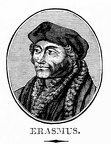 Erasmus
Erasmus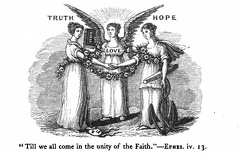 Till we all come in the unity of the faith
Till we all come in the unity of the faith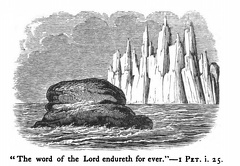 The word of the Lord endureth for ever
The word of the Lord endureth for ever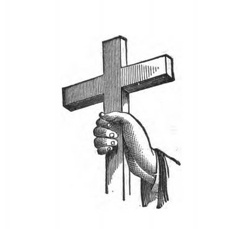 Hand holding a small cross
Hand holding a small cross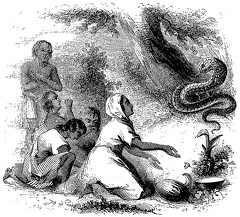 Worhipping the Cobra
Worhipping the Cobra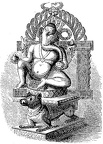 Pulliar
Pulliar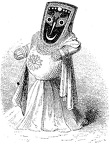 Juggernaut
Juggernaut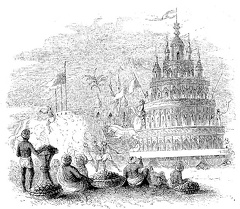 Juggernaut's Chariot
Juggernaut's Chariot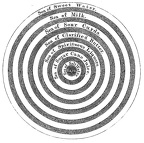 The Universe
The Universe Ahole
Ahole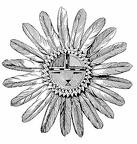 Common Hopi sun symbol
Common Hopi sun symbol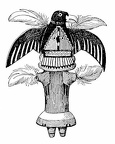 Kwátaka, bird with sun symbolism
Kwátaka, bird with sun symbolism “Big-head,” a solar god
“Big-head,” a solar god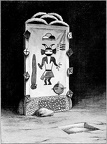 Screen of the Alósaka
Screen of the Alósaka Interior of a Mosque
Interior of a Mosque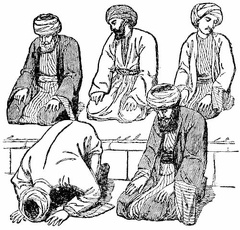 Postures of Prayer (Part II.)
Postures of Prayer (Part II.)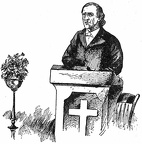 Professor Swing in the Pulpit
Professor Swing in the Pulpit Offering food before the shrine of the Big Birds’ ceremony
Offering food before the shrine of the Big Birds’ ceremony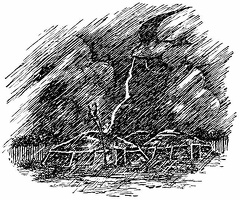 As the man sat in his lodge, there came a clap of thunder and lightning struck his roof, tearing a great hole
As the man sat in his lodge, there came a clap of thunder and lightning struck his roof, tearing a great hole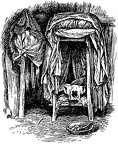 Big Birds’ ceremony
Big Birds’ ceremony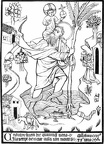 St. Christopher, with the date 1423, from a cut in the possession of Earl Spencer
St. Christopher, with the date 1423, from a cut in the possession of Earl Spencer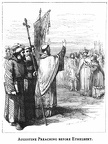 Augustine Preaching before Ethelbert
Augustine Preaching before Ethelbert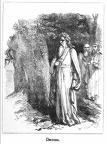 Druids
Druids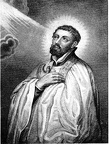 Portrait of St. Francis Xavier, One of the Earliest Missionaries to Japan
Portrait of St. Francis Xavier, One of the Earliest Missionaries to Japan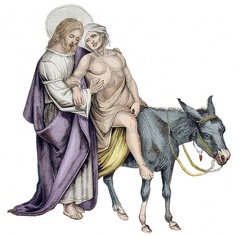 Good Samaritan
Good Samaritan A House built on the Rock
A House built on the Rock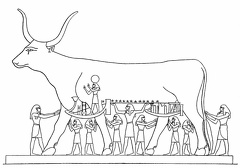 The Sky as a cow
The Sky as a cow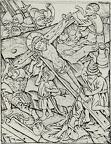 Master of the Year 1446. Christ Nailed to the Cross
Master of the Year 1446. Christ Nailed to the Cross Master of the Playing Cards. Man of Sorrows
Master of the Playing Cards. Man of Sorrows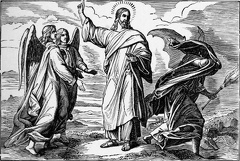 The Temptation of Jesus
The Temptation of Jesus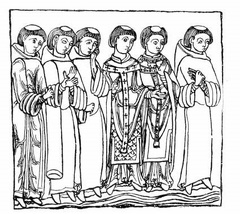 Ecclesiastical Costume in the Twelfth Century
Ecclesiastical Costume in the Twelfth Century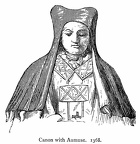 Canon with Aumuse
Canon with Aumuse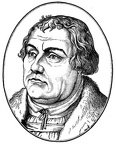 Dr. Martin Luther
Dr. Martin Luther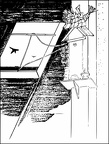 A skylight and the Kitchen-God
A skylight and the Kitchen-God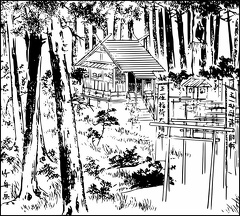 A shrine of the Rice-God
A shrine of the Rice-God Bradlaugh
Bradlaugh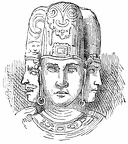 The Hindoo Trimurti
The Hindoo Trimurti The Buddhist Priest
The Buddhist Priest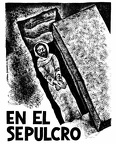 14 - Jesus is laid in the tomb
14 - Jesus is laid in the tomb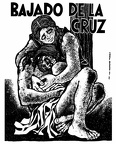 13 - Jesus is taken down from the Cross
13 - Jesus is taken down from the Cross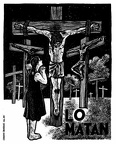 12 - Jesus dies on the Cross
12 - Jesus dies on the Cross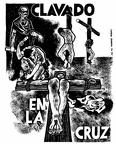 11 - Jesus is nailed to the Cross
11 - Jesus is nailed to the Cross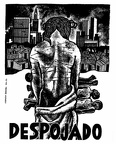 10 - Jesus is stripped of his garments
10 - Jesus is stripped of his garments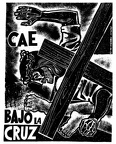 09 - Jesus falls under the cross
09 - Jesus falls under the cross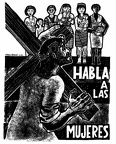 08 - Jesus meets the women of Jerusalem
08 - Jesus meets the women of Jerusalem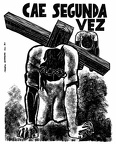 07 - Jesus falls second time
07 - Jesus falls second time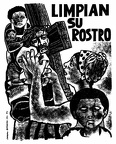 06 - Veronica wipes the face of Jesus
06 - Veronica wipes the face of Jesus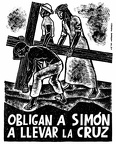 05 = Simon forced to carry the cross
05 = Simon forced to carry the cross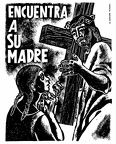 04 - Jesus finds his mother
04 - Jesus finds his mother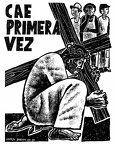 03 - Jesus falls first time
03 - Jesus falls first time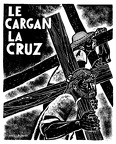 02 - they carry the cross
02 - they carry the cross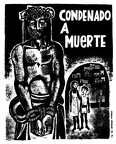 01- Jesus is sentenced to death
01- Jesus is sentenced to death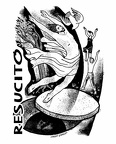 15 - Resurrected
15 - Resurrected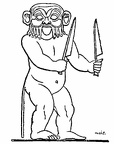 Figure of Bes
Figure of Bes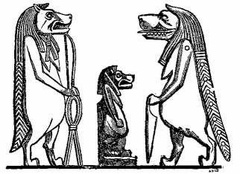 Figures of Taourt
Figures of Taourt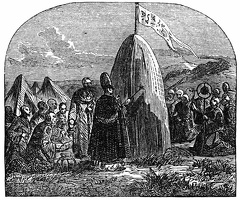 The Pyramid of Peace
The Pyramid of Peace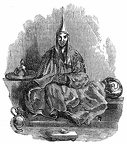 The Grand Lama
The Grand Lama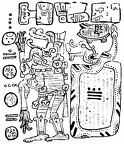 Another representation of the Elephant-headed Rain god
Another representation of the Elephant-headed Rain god Babylonian Weather God
Babylonian Weather God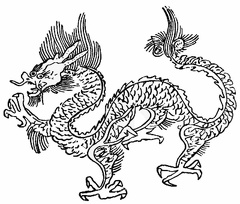 A Chinese Dragon
A Chinese Dragon



